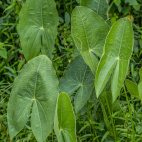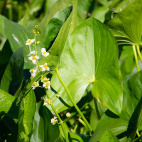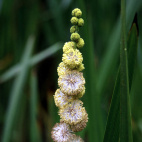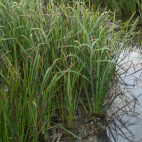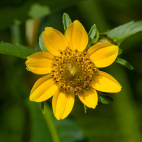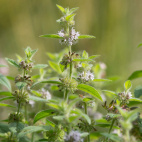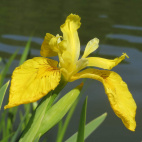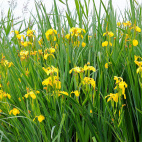Color
Availability
USDA Zone
Region
Type
Duration
Season
Germination
Soil
Sunlight
Height
Use
Narrow Your Search
Color
Availability
USDA Zone
Region
Type
Duration
Season
Germination
Soil
Sunlight
Height
Use
Wildflower Seeds - Northern Region
The Northern region is home to our Canadian friends in the eastern provinces, as well as the northern-most part of the Eastern US. This area is characterized by a long, cold winter with lots of snow, and a short humid summer that only lasts about 3 or 4 months. Most of the area is classified as a UDSA Growing Zone 4 or less, and the species that grow here have interesting ways to perpetuate themselves in spite of the short growing season. There are a lot of forests and wetlands in this region, so adequate moisture is hardly ever a problem. Look up your growing zone to make sure that the Northern wildflower seeds that you want to grow are winter hardy. Alternatively, just order annual flower seeds online so that the plant does not need to make it through the winter, but can reseed itself and come back from seed the next year.
-
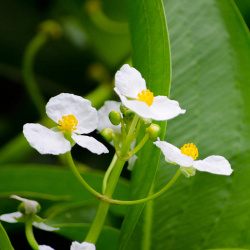 Common Arrowhead Seeds
Sagittaria latifolia
Native to ponds, streams, and marshes, this perennial is known by its arrowhead-shaped leaves and white three-petaled flowers. This plant is also known as Duck Potato because it grows tubers that the ducks like to eat.Quick View$3.48 Pkt - $36.00 / Oz
Common Arrowhead Seeds
Sagittaria latifolia
Native to ponds, streams, and marshes, this perennial is known by its arrowhead-shaped leaves and white three-petaled flowers. This plant is also known as Duck Potato because it grows tubers that the ducks like to eat.Quick View$3.48 Pkt - $36.00 / Oz -
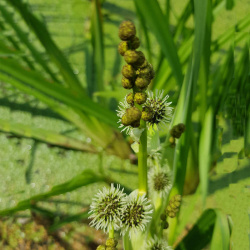 Great Bur Reed Seeds
Sparganium eurycarpum
Though it sometimes masquerades as just another grass, this wetland plant produces unusual globular white flowers that set it apart from the rest. This native plant also makes an excellent choice for dried flower arrangements.Quick Viewx
Great Bur Reed Seeds
Sparganium eurycarpum
Though it sometimes masquerades as just another grass, this wetland plant produces unusual globular white flowers that set it apart from the rest. This native plant also makes an excellent choice for dried flower arrangements.Quick ViewxGreat Bur Reed Seeds
Sparganium eurycarpum
Though it sometimes masquerades as just another grass, this wetland plant produces unusual globular white flowers that set it apart from the rest. This native plant also makes an excellent choice for dried flower arrangements.
$3.25 Pkt - $11.03 / Oz -
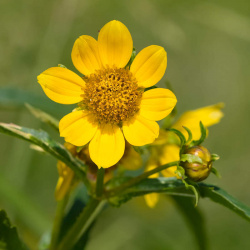 Nodding Bur Marigold Seeds
Bidens cernua
The heads of this bright yellow wildflower nod downward with time, earning its descriptive name. The wet-loving plant thrives in swamps, bogs, ponds, and riverbanks.Quick Viewx
Nodding Bur Marigold Seeds
Bidens cernua
The heads of this bright yellow wildflower nod downward with time, earning its descriptive name. The wet-loving plant thrives in swamps, bogs, ponds, and riverbanks.Quick ViewxNodding Bur Marigold Seeds
Bidens cernua
The heads of this bright yellow wildflower nod downward with time, earning its descriptive name. The wet-loving plant thrives in swamps, bogs, ponds, and riverbanks.
$3.48 Pkt - $26.00 / Oz -
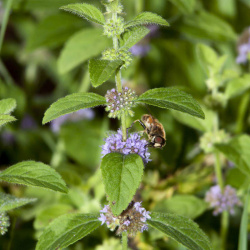 On Sale!
Wild Mint Seeds
Mentha arvensis
Containing a valuable essential oil, the leaves of this mint have numerous culinary and medicinal uses. This very minty perennial also bears small white to lavender flowers that always create a buzz among the honeybees.Quick View$3.75 Pkt - $120.00 / Oz
On Sale!
Wild Mint Seeds
Mentha arvensis
Containing a valuable essential oil, the leaves of this mint have numerous culinary and medicinal uses. This very minty perennial also bears small white to lavender flowers that always create a buzz among the honeybees.Quick View$3.75 Pkt - $120.00 / Oz -
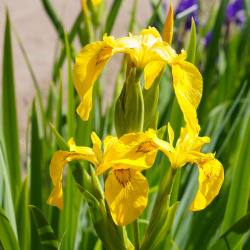 Out Of Stock
Yellow Iris Seeds
Iris pseudacorus
According to legend, the golden fleur-de-lis of France is a stylized version of this yellow iris, which grows wild throughout Europe. The ornamental plant came to North America in the early 20th century and became quite widespread and even invasive.Quick Viewx
Out Of Stock
Yellow Iris Seeds
Iris pseudacorus
According to legend, the golden fleur-de-lis of France is a stylized version of this yellow iris, which grows wild throughout Europe. The ornamental plant came to North America in the early 20th century and became quite widespread and even invasive.Quick ViewxYellow Iris Seeds
Iris pseudacorus
According to legend, the golden fleur-de-lis of France is a stylized version of this yellow iris, which grows wild throughout Europe. The ornamental plant came to North America in the early 20th century and became quite widespread and even invasive.
$3.96 Pkt - $136.00 / Oz
The Northern region is home to our Canadian friends in the eastern provinces, as well as the northern-most part of the Eastern US. This area is characterized by a long, cold winter with lots of snow, and a short humid summer that only lasts about 3 or 4 months. Most of the area is classified as a UDSA Growing Zone 4 or less, and the species that grow here have interesting ways to perpetuate themselves in spite of the short growing season. There are a lot of forests and wetlands in this region, so adequate moisture is hardly ever a problem. Look up your growing zone to make sure that the Northern wildflower seeds that you want to grow are winter hardy. Alternatively, just order annual flower seeds online so that the plant does not need to make it through the winter, but can reseed itself and come back from seed the next year.



